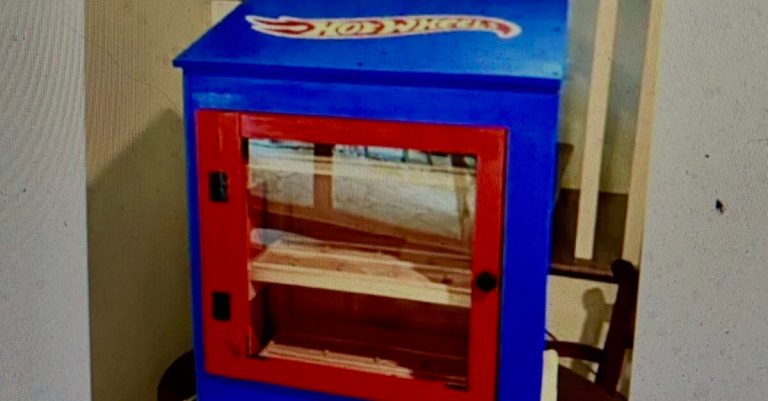Reviewed by: Nathan Watson
NEW: $8.5M project expands public access to Cahaba National Wildlife Refuge + Cahaba Lilies
Reading time: 4 minutes

This is a big week for the Cahaba National Wildlife Refuge.
On Wednesday, April 24th, U.S. Fish and Wildlife Service director Martha Williams is coming to Bibb County to celebrate the completion of the last phase of the Piper Mine reclamation project at the refuge.
Thanks to a $8.5 million reclamation grant through the Alabama Department of Labor Abandoned Mine Land Program, an area of the refuge that was previously restricted is now open for public use.
A transformation of the Cahaba National Wildlife Refuge

Established in 2002, the nearly 5,000-acre Cahaba National Wildlife Refuge is only 10 miles from the Mercedes plant in Vance and is less than an hour’s drive to over a million people.
The refuge is home to the largest stand of the iconic Cahaba Lilies—a beautiful flower that blooms annually on the shoals of the river between Mother’s Day and Father’s Day.
However, there is only one road you can take to see the lilies, River Trace Road. This gravel road is narrow and can be difficult to navigate on busy days.
Now, the newly restored portion of the Cahaba National Wildlife Refuge provides additional access to the lilies and more.
In addition to making the abandoned mine safe for visitors, the reclamation work added:
- Hiking trails to the largest stand of Cahaba lilies
- River access
- Public fishing at a new lake
- Additional parking
- Public hunting
The Friends of the Cahaba River National Wildlife Refuge and Cahaba Riverkeeper have also led projects over the past three years to plant locally sourced hardwoods, native bushes, wildflowers and longleaf pine trees.
Reclaim Cahaba Refuge mine = clean water and more critters

In addition to the improved access, the project addresses water quality issues that were a product of the abandoned mine.
Before the reclamation project, much of the stormwater from the mined part of the refuge ran through the old mine or the abandoned retention pond.
Along the way, that stormwater picked up contaminants from the old mine—as well as tremendous velocity—creating new hazards. It was then discharged back out into the Cahaba River above the largest shoal of lilies, along with the mud and contaminants.
As part of the reclamation, the old mine portal has been sealed and the stormwater diverted away from the mine into a series of channels in the existing valley.
The expected result is cleaner water for critters, including endangered species of fish, snails and mussels.
Partnerships key to success

“Everyone who has or will visit the Cahaba River National Wildlife Refuge can thank the Alabama Department of Labor Abandoned Mine Land Program and partners for this tremendous investment, which is in addition to the previous phases of the Piper mine reclamation.”
David Butler, Riverkeeper and staff attorney for Cahaba Riverkeeper and president of the Friends of the Cahaba River National Wildlife Refuge
The partners include:
- U.S. Fish and Wildlife Service
- Friends of Cahaba River National Wildlife Refuge
- Cahaba Riverkeeper
- Town of West Blocton
“We already see improved water quality and more wildlife. The most exciting part is the public will now have the opportunity to enjoy this beautiful land in a way that hasn’t been possible for more than a hundred years.”
David Butler, Riverkeeper and staff attorney for Cahaba Riverkeeper and president of the Friends of the Cahaba River National Wildlife Refuge
Have you ever seen the Cahaba lilies at the Cahaba River National Wildlife Refuge? Tell us your favorite memory on Instagram by tagging us @bhamnow to let us know what you think of the reclamation project!



